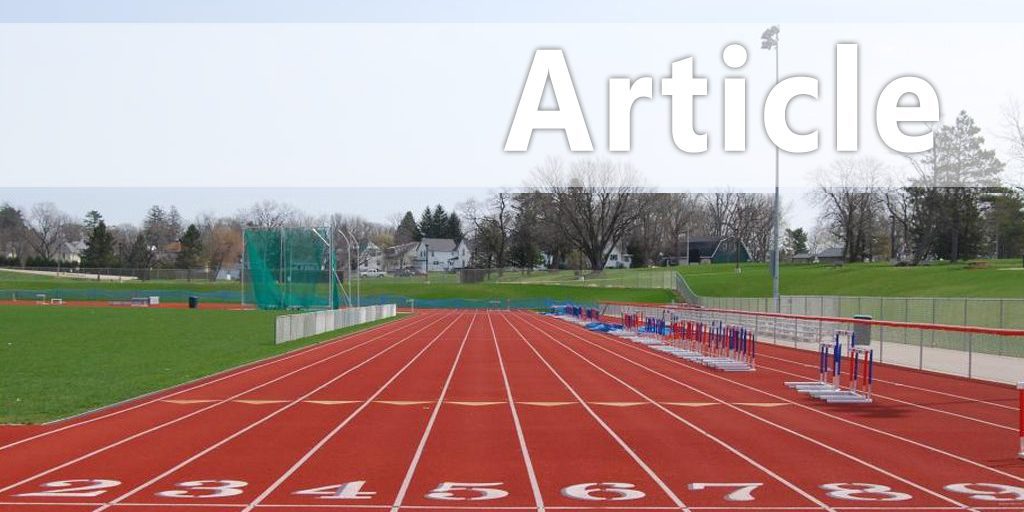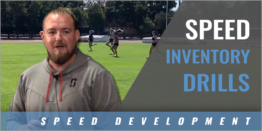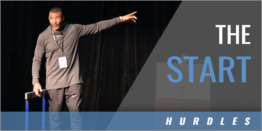| Motor Learning |
| Originally Published in: Techniques Magazine
Provided by: USTFCCCA 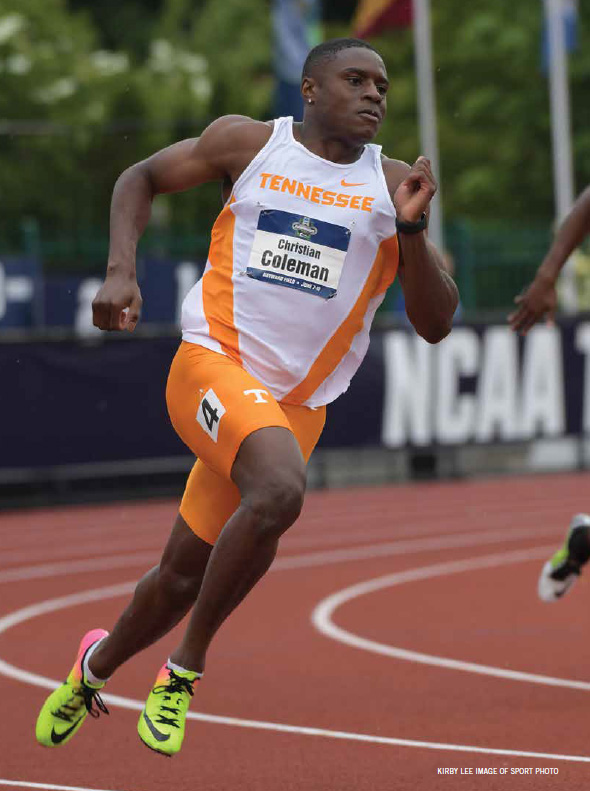 Motor Learning. Movement Strategies. Theories of Movement Organization. The Generalized Motor Program Theory. The Dynamic Systems Theory. 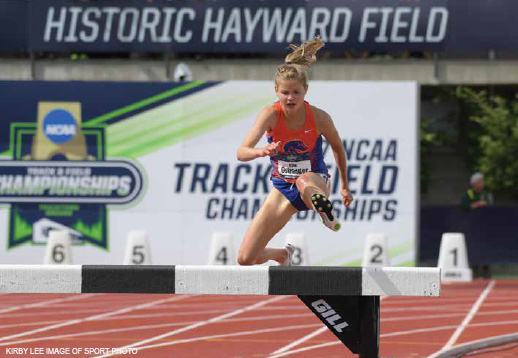 Cognitive Decision. Nature of the Task. Perception of the Task. Reflexive Action. Injury Prevention Mechanisms. Prior Motor Experience. Environmental Factors. Mechanical Concerns. Anatomical Concerns. Proprioceptive Concerns. Physical Capabilities. STAGES OF LEARNING Acquisition. Refinement. Stabilization or Diversification. THE PRACTICE ENVIRONMENT The Purpose of Practice. Practice Distribution. The Practice Environment and Stage of Learning. Whole vs. Part Practice. Variety in the Practice Environment. Choosing Practice Activities. Intensity of Practice. THE OVERLOAD PRINCIPLE The Overload Principle. The Overload Principle and Motor Learning. Increasing Practice Intensities. Mastery Levels and Progression. COMMUNICATION Quality of Communication. Quantity of Communication. TYPES OF COMMUNICATION Verbal Communication. 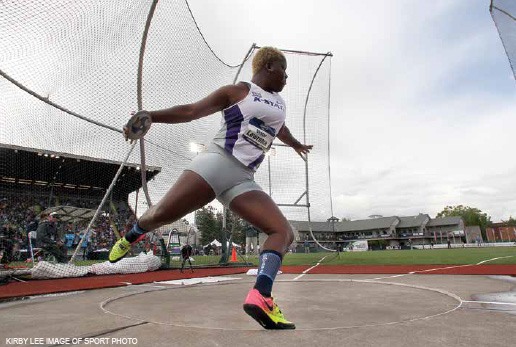 This is communication using other means besides the spoken word. Demonstrations, signs, gestures and even body language fall into this category. Coach to Athlete Communication. Verbal Explanations. Cues and Cue Systems. Demonstrations. Augmented Feedback. Athlete to Coach Communication. The Coach as a Listener. Athletes Intrinsic Feedback. Questioning the Athlete. TYPES OF FEEDBACK Knowledge of Performance. Knowledge of Results. Qualitative Feedback. Quantitative Feedback. FEEDBACK METHODS Demonstrations. Verbiage. Video. Augmented feedback can be provided via electronic media, in order to present a clear picture of the athlete's movements or the movements of some selected model. PROVIDING FEEDBACK Frequency. Feedback Strategies. Fading. Bandwidth. Summary. TYPICAL PROBLEMS Failure to Progress in the Early Stages of Learning. Practice Regression. Competition Regression. The Choking Phenomenon.
Boo Schexnayder was primarily responsible for the content of the majority of the Track & Field Academy's course curriculum including this excerpt the various Specialist Certification course texts. |
